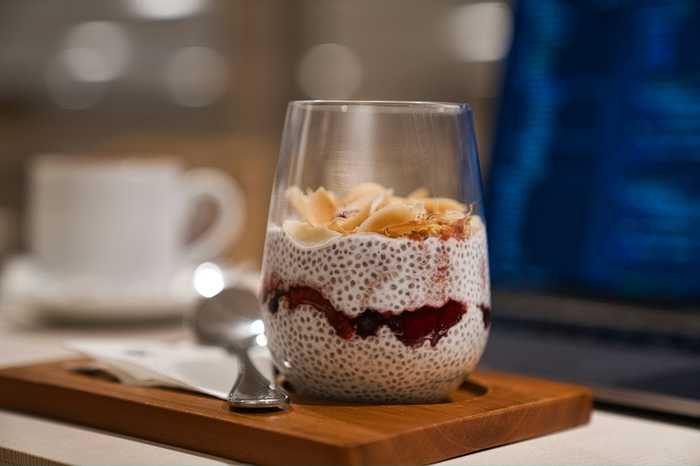Published 13:27 IST, May 30th 2024
Chia and sabja seeds, though similar in some aspects, have distinct differences in terms of their origin, appearance, nutritional content, and culinary uses.
Advertisement
Chia and sabja seeds are often touted for their health benefits and versatility in culinary uses. Despite their similarities, these seeds come from different plants and have distinct characteristics. Here, we explore the differences and similarities between chia and sabja seeds.
Origins and plant sources
Chia seeds come from the plant *Salvia hispanica*, which is native to Central and South America. They were a staple in the diets of ancient Aztecs and Mayans
Advertisement
Sabja seeds, also known as basil seeds or tukmaria, come from the sweet basil plant (*Ocimum basilicum*), which is native to India and the Mediterranean region.
-1717055765315.webp)
Physical appearance
These seeds are small, oval, and come in colours ranging from black to white and brown. They are slightly larger than sabja seeds and have a smooth, shiny surface.
Advertisement
Sabja seeds are smaller, black, and have a more uniform appearance. When soaked, they swell and develop a gelatinous coating, similar to chia seeds but typically soak faster.
Nutritional profile
Both chia and sabja seeds are rich in nutrients but have some differences in their nutritional makeup.
Advertisement
Chia seeds are packed with omega-3 fatty acids, fibre, protein, calcium, and antioxidants. They are particularly known for their high omega-3 content, which is beneficial for heart health.
Sabja seeds also contain fibre, protein, and essential fatty acids, but they have slightly less omega-3s compared to chia seeds. They are rich in iron, calcium, magnesium, and antioxidants.
Advertisement
Culinary uses
Chia seeds are incredibly versatile and can be added to smoothies, yogurt, cereal, salads, and baked goods. They can also be used to make chia pudding by soaking them in water or milk, where they expand and form a gel-like consistency.
Sabja seeds are commonly used in Indian and Southeast Asian beverages and desserts. They are often added to drinks like falooda, lemonades, and milkshakes. They are typically soaked in water before use, which causes them to swell and develop a jelly-like texture.
Advertisement

Hydration and soaking
Chia seeds can absorb up to 10-12 times their weight in water, forming a gel-like substance that is useful for thickening and hydration in recipes. They take longer to soak compared to sabja seeds, usually around 30 minutes.
Sabja seeds absorb water quickly and swell to several times their size within minutes. This quick soaking makes them a convenient addition to drinks and desserts when a gelatinous texture is desired.
Health benefits
Both chia and sabja seeds offer numerous health benefits
They help in weight management due to their high fibre content, promote heart health with omega-3 fatty acids, stabilise blood sugar levels, and support digestive health.
Sabja seeds aid in digestion, help control blood sugar levels, provide cooling effects in summer drinks, and are beneficial for skin and hair health due to their high antioxidant content.
13:27 IST, May 30th 2024